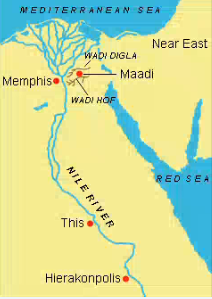题目解析:
【题目翻译】文章中“vast”这个词的意思最接近于
A选项:fertile的意思是“肥沃的”
B选项:huge的意思是“巨大的”
C选项:unique的意思是“唯一的,独一无二的”
D选项:irregular的意思是“不规则的,无规律的”
【判定题型】:题目要求选出与高亮单词意思最接近的选项,故判断本题为词汇题。
【关键词定位】:根据关键词“vast”,定位到原句“This and Hierakonpolis, were too remote from the vast expanse of the delta, which had been incorporated into the unified state. ”
【词汇解析】:词汇“vast”的意思是“巨大的;大量的”,带入到原句中,原句的意思是“这座城和Hierakonpolis城(耶拉孔波利斯),距离广袤的尼罗河三角洲太遥远了,而这片区域已经被并入了统一后的埃及王国中。”
【选项分析】
A选项:fertile的意思是“肥沃的”,意思不符,故排除。
B选项:huge的意思是“巨大的”,意思符合,故为正确答案。
C选项:unique的意思是“唯一的,独一无二的”,意思不符,故排除。
D选项:irregular的意思是“不规则的,无规律的”,意思不符,故排除。


